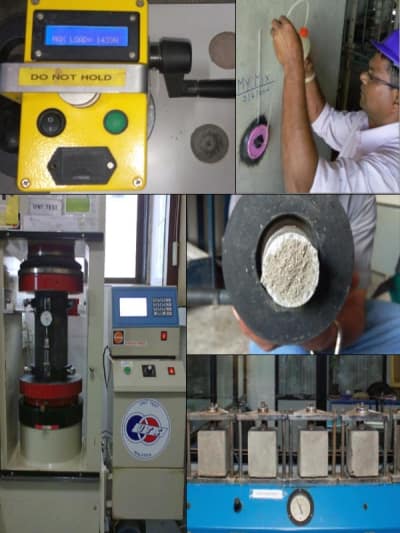There are various techniques available for the repair and rehabilitation of concrete structures for failure and defects in concrete. These techniques and materials for the repair of concrete are described. Concrete is the most widely used and versatile construction material possessing several advantages over steel and other construction materials.

Major causes of failures of concrete structures:
Need for Repair and Rehabilitation
Techniques for Repairs and Rehabilitation
Major causes of failures of concrete structures:
- Structural deficiency arising out of the faulty design and detailing as well as wrong assumptions in the loading criteria.
- Structural deficiency due to defects in construction, use of inferior and substandard materials, poor workmanship, and negligence in quality control and supervision.
- Damages caused due to fire, floods, earthquakes, etc.
- Chemical deterioration and marine environments.
- Damages caused due to abrasion, wear and tear, impact, dampness etc.
Need for Repair and Rehabilitation
-
The need for structural repairs can arise from any of the following:
- Faulty design of the structure
- Improper execution and bad workmanship
- Extreme weathering and environmental conditions
- The high degree of a chemical attack
- Ageing of the structure
Techniques for Repairs and Rehabilitation
The technique adopted for repair or restoration of the structure depends on the cause, extent and nature of the damage, the function and importance of the structure, the availability of suitable materials and facilities for carrying out a repair, and a thorough knowledge of the long-term behaviour of the materials used for the repair work. Depending upon the requirement, the repairing technique may be of a superficial (cosmetic) nature or, in some cases, may involve the replacement of part or whole of the structure.
The repairing techniques can be classified into three major groups:
1.Injection into cracks, voids or honey-combed areas.
2.Surface Treatment
3.Removal and replacement of defective or damaged material/area.

